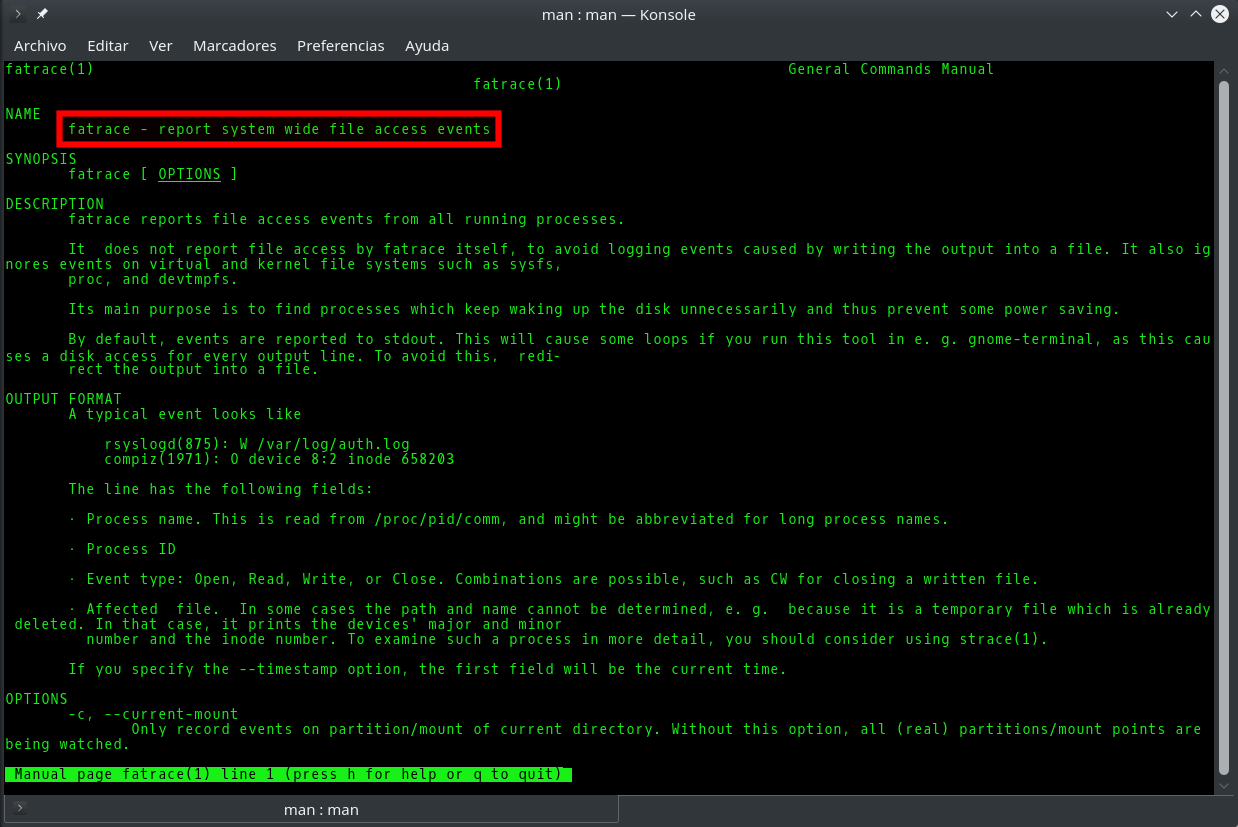Although there are different methods for backing up MySQL and MariaDB databases, the most common and effective one is to use a native tool that both MySQL and MariaDB make available for this purpose: the mysqldump command. As its name suggests, this is a command-line executable program that allows you to perform a complete export (dump) of all the contents of a database or even all the databases in a running MySQL or MariaDB instance. Of course it also allows partial backups, i.e. only some specific tables, or even only only a subset of all the records in a table.
The mysqldump command offers a multitude of different parameters that make it very powerful and flexible. Since having so many options can be confusing, in this post I am going to collect several of the most frequent usage examples with the most common parameters and that are most useful in the day to day life of the system administrator.



